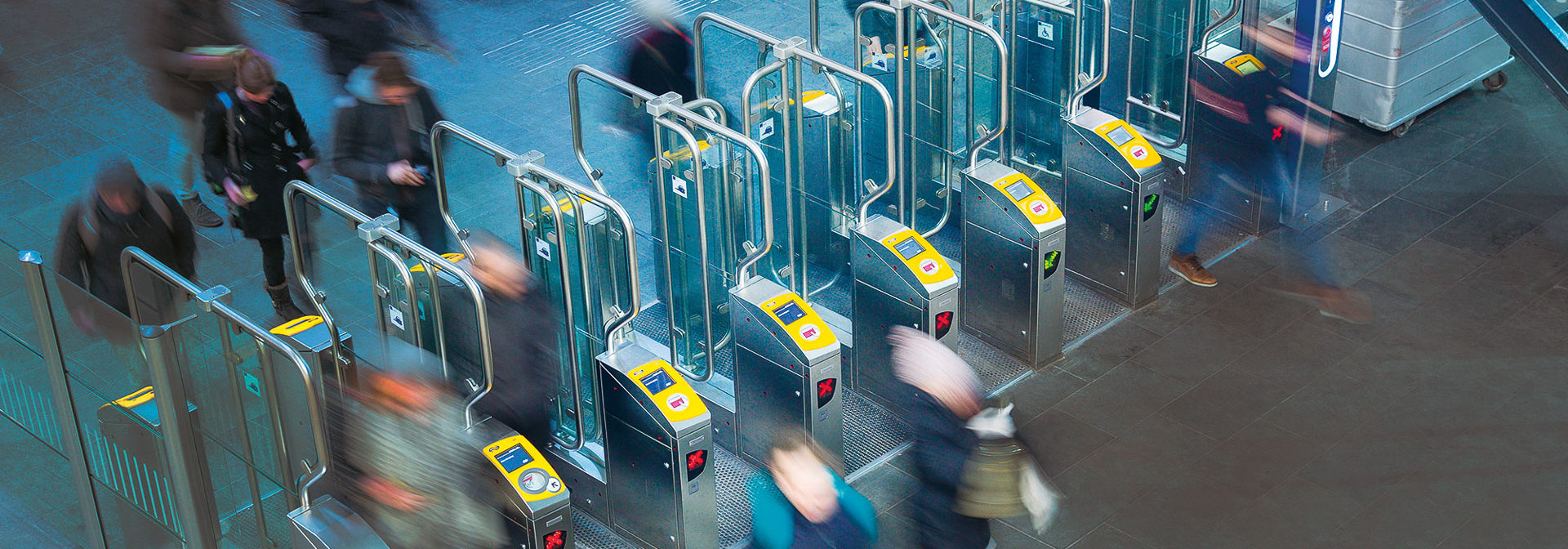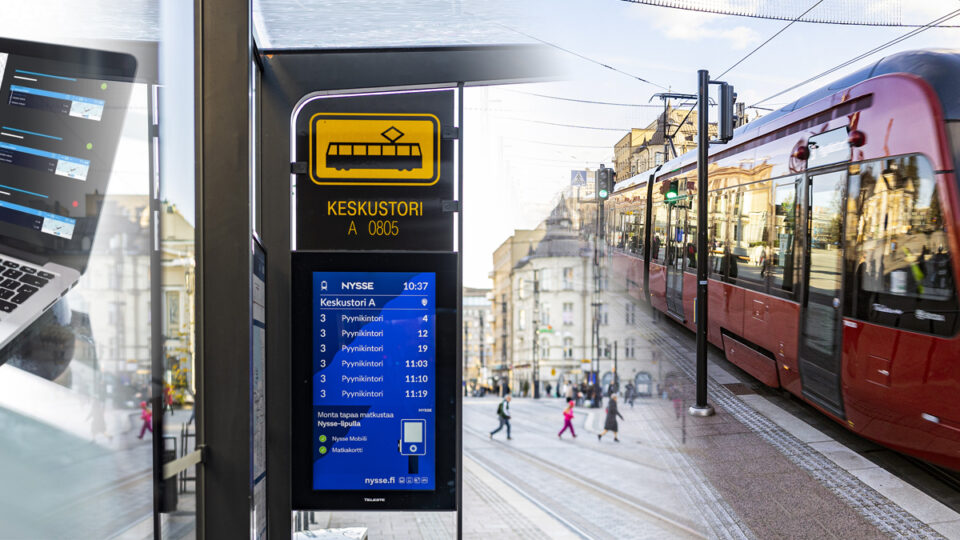
The colossal problem of fare evasion can be solved by data
Where there is mass transit, there is fare evasion. Public Transit Agencies across major cities around the world are estimated to lose hundreds of millions of dollars annually to fare evasion. According to estimates, 200 million pounds are lost each year in the UK, and the yearly figure for New York City alone is estimated to be up to 300 million dollars. While fare evasion is not easily thwarted, determining the actual numbers beyond rough estimates can provide transit agencies the leverage to influence policy and targeted enforcement to combat fare evasion head-on.
The huge problem transit agencies are facing is that they have no real idea of the impact fare evasion has when it comes to their revenue. They are currently working with estimates based on limited head-counting that is done manually.
It is clear that combating fare evasion is extremely important for transit agencies since fares account for an integral part of their budget. As an example, in the city of Philadelphia, 37 percent of the transit agency budget depends on fares. Despite this, the local agency has no exact idea of how much they are currently losing to fare evasion. In fact, transit agencies are generally losing money on two fronts; they lose day-to-day revenue from direct fare evasion, and also on a federal government level, as agencies get a stipend based on passenger numbers. Both factors are heavily reliant on data, which has been hard to come by.
Public perception driving policy
One of the challenges across the United States are the different enforcement methods and messaging that varies from city to city. Each jurisdiction has different policies and processes so there is no uniformity across the industry. Recently, several major cities have become much more progressive in terms of their politics and many have announced that they do not what to penalize fare evasion, as the public perception is that enforcing it mainly affects the disadvantaged. These decisions have ultimately lead to even larger losses now that there are no consequences for evasion.
Benevolent intentions should not drive policy
One example is The Washington Metropolitan Area Transit Authority system, which is unique because it is the only transit agency in the country that handles three jurisdictions (MD, DC & VA), each with its own separate laws and policies. Washington D.C. has quite recently decriminalized fare evasion where Maryland and Virginia have not. As a result, on some stops of the same transit route, fare evasion is legal and others it is not. Recent data shows that there is now more fare evasion in D.C districts, as a result of their reformed policy. In addition, lack of enforcement has spawned an entirely new group of consumers, which we call convenient or casual fare evaders, which according to some estimates cover a third of all fare evaders.
The casual fare evader has no problem affording to pay the transit fare, they just choose not to. What exactly drives this type of consumer behavior? The reasons can be quite relatable; seeing that no one else is paying makes those who do feel foolish, and psychological studies support this logic. According to a study done by the Public Transport Research Group of Melbourne, key drivers to fare evasion were indeed the perceived ease of the act and permissive attitudes towards it. However, this is not an unsolvable problem. As we see it, casual fare evasion can be deterred by leveraging a combination of existing situational awareness, video surveillance, information displays, and video content analytics technologies.
Deterring without detracting
Each city has its own transit system infrastructure-related issues. As an example, New York City has an antiquated turnstile system, which makes it easy for people to physically jump over it. Retrofitting hundreds of stations with evasion-proof turn-stiles is not financially viable. Transit systems now also have to compete with a multitude of ride-sharing services, which many users consider to offer a superior consumer experience compared to public transit. Future fare evasion prevention solutions need to have the flexibility to adapt to existing infrastructure in a way that does not detract from the consumer experience. These solutions need to be non-invasive and they need to offer something that adds to the experience, such as by providing passengers with helpful information that enhances their transit.
Decisions need to be driven by data
While transit agencies need to deal with a plethora of governing policies and politics, each of them has a common need for a non-inflammatory and socially responsible way of combating fare evasion. Deterring fare evaders may be the ultimate goal, but the initial objective for transit agencies is to figure out the real numbers related to revenue loss resulting from fare evasion.
The solution to solve this should not only act as a deterrent but most importantly it needs to work as a tool for gathering data so that transit agencies know what and where their real problem truly lies. Based on the data agencies can, for example, create a predictive policing model and establish their enforcement precisely when and where is needed. Suffice to say, offering boards of decision-makers exact financial figures of the occurring revenue loss can be a powerful tool for change.
Teleste video management system provides solutions to fare evasion. For more information, please visit our Video Management System page.
Mike O’Dea



